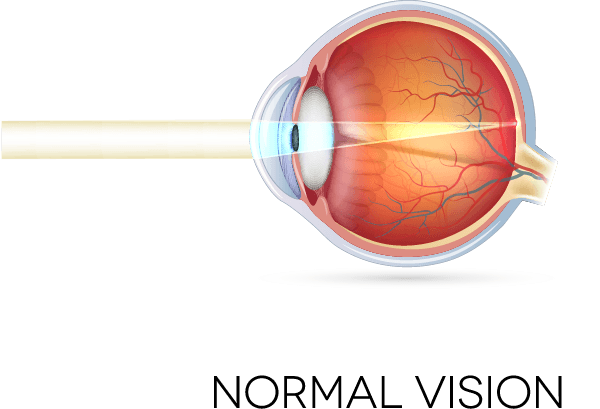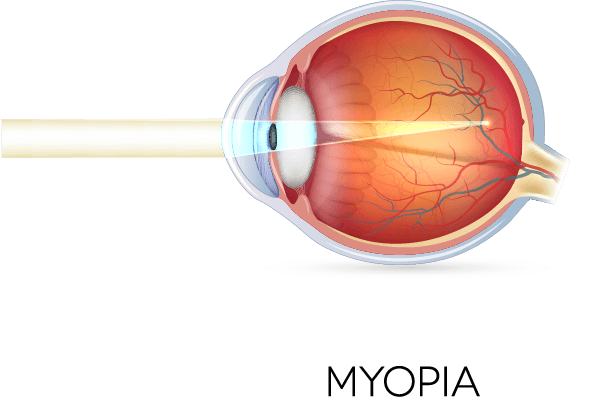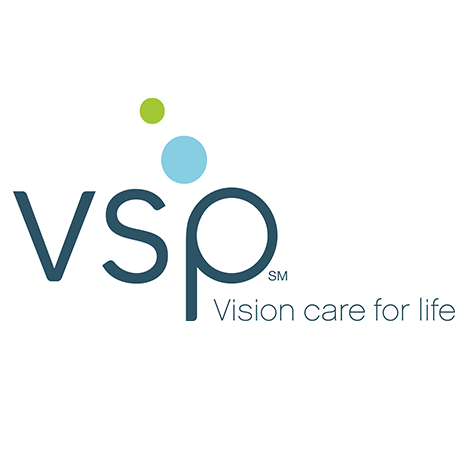 Myopia, or nearsightedness, is a common eye condition where the length of the eye is longer than normal or the cornea of the eye is steeper than normal. This results in blurry distance vision. About 50% of people have myopia, and its prevalence is increasing. Myopia is typically treated with glasses or contacts lenses, and refractive surgery for adults.
Myopia, or nearsightedness, is a common eye condition where the length of the eye is longer than normal or the cornea of the eye is steeper than normal. This results in blurry distance vision. About 50% of people have myopia, and its prevalence is increasing. Myopia is typically treated with glasses or contacts lenses, and refractive surgery for adults.
High degrees of myopia are associated with increased risk of certain eye diseases such as retinal detachments, glaucoma, and cataracts, and the increase of myopia occurring in children is of great concern. Although not fully understood why, children who spend a lot of time indoors doing near-vision activities such as computer use, reading, and video games seem to have a higher risk of developing myopia (and having progressive myopia) while kids who spend more time outdoors seem to have a lower risk of it. Genetics also plays a big role in myopia.
Myopia cannot be reversed. Certain treatments in addition to glasses may slow or halt the progression of myopia and protect the future health of a child’s eyes. These treatments include low dose atropine eye drops (in conjunction with glasses, often multifocals), peripheral defocus contact lenses, and orthokeratology (hard contact lenses worn during sleep).
Our office offers low dose atropine treatment and peripheral defocus contact lenses. Young children usually do quite well in both options. Please ask us more about this exciting field of myopia management.







